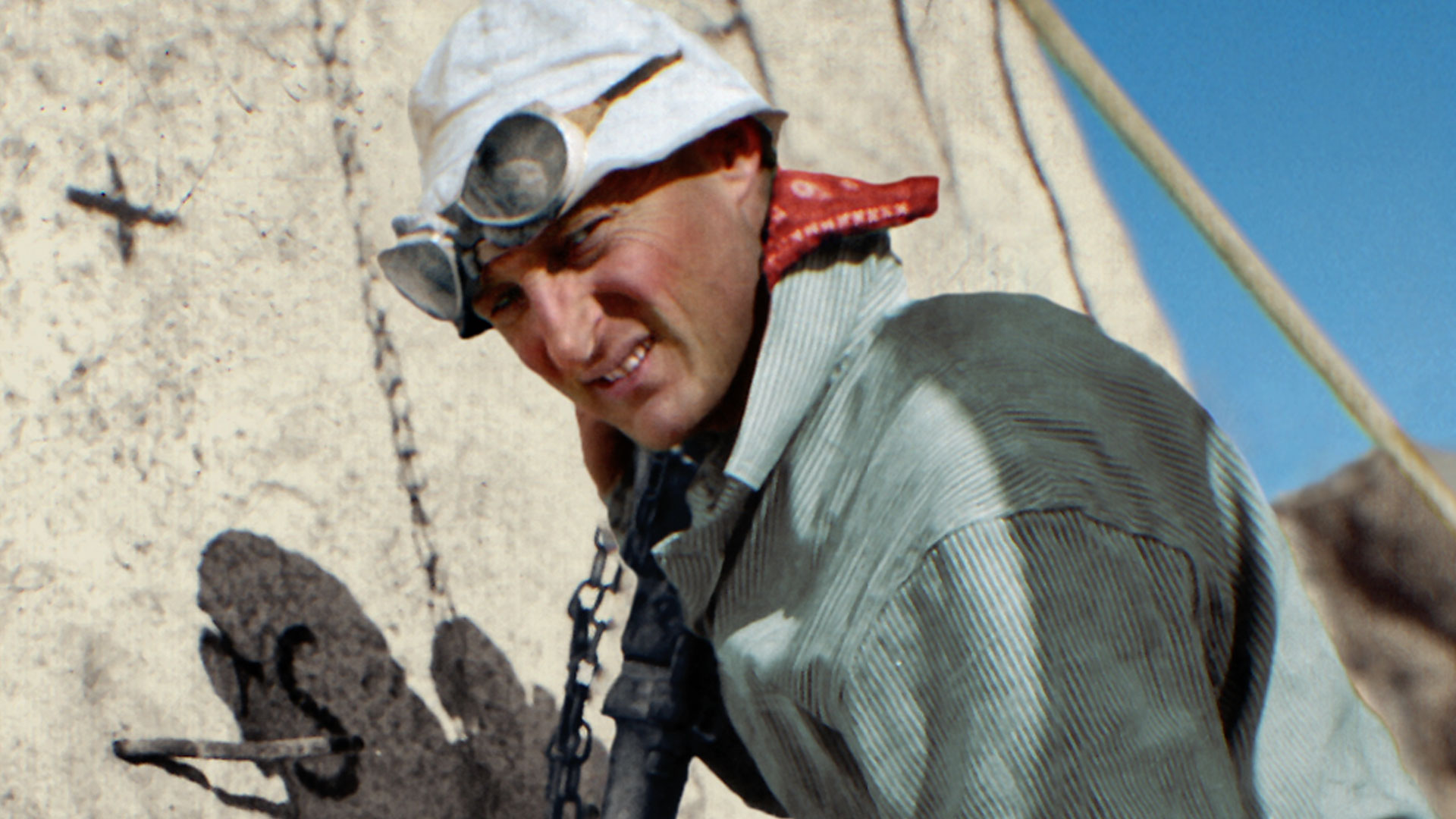


/Badlands-AndrewNayEyeEm-Getty-57114d825f9b588cc2ece529.jpg)
It’s a formula that has been a huge success: from a standing start in the early 1990s, Dubai now attracts six-million visitors a year. This is a place that is building indoor ski runs in the desert, a theme park twice as large as Florida’s DisneyÂworld, three skyscrapers vying to be the tallest in the world, hundreds of man-made islands in the sea, a six-runway airport. The spark for much of this about-turn is the success of Dubai, the holiday jewel of the Middle East, that has risen rapidly out of the deserts of the eastern Arabian peninsula and, in just more than a decade, become one of the world’s highest-profile tourist destinations. Not since the 1970s have we seen such epic-scale tourism projects. Across the world, major tourism developments are now planned or under construction that defy the fashion for modesty over brashness. We seek the isolated and unspoilt and we reject the over-developed and congested.īut there is growing evidence that the “big is best” model - typified by the skylines of Cancun, Benidorm and Las Vegas - is fast making a comeback. We shun the sweeping all-you-can-eat hotel buffets, multinational hotel chains, giant cruise ships, carpets of sun loungers on the beach. We want boutique hotels, cosy B&Bs, family-run restaurants serving local fare, city breaks, modest rental cottages, cycling holidays. This has been the prevailing mood in tourism over the past decade.


 0 kommentar(er)
0 kommentar(er)
